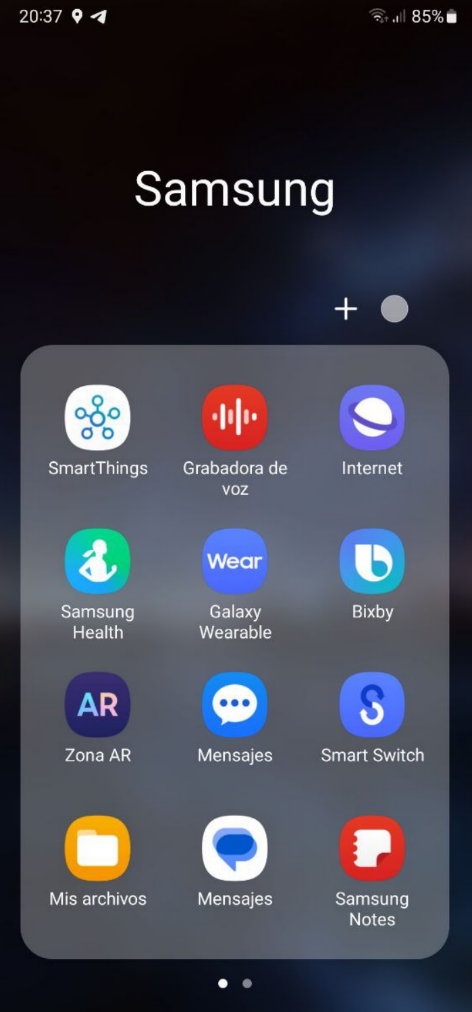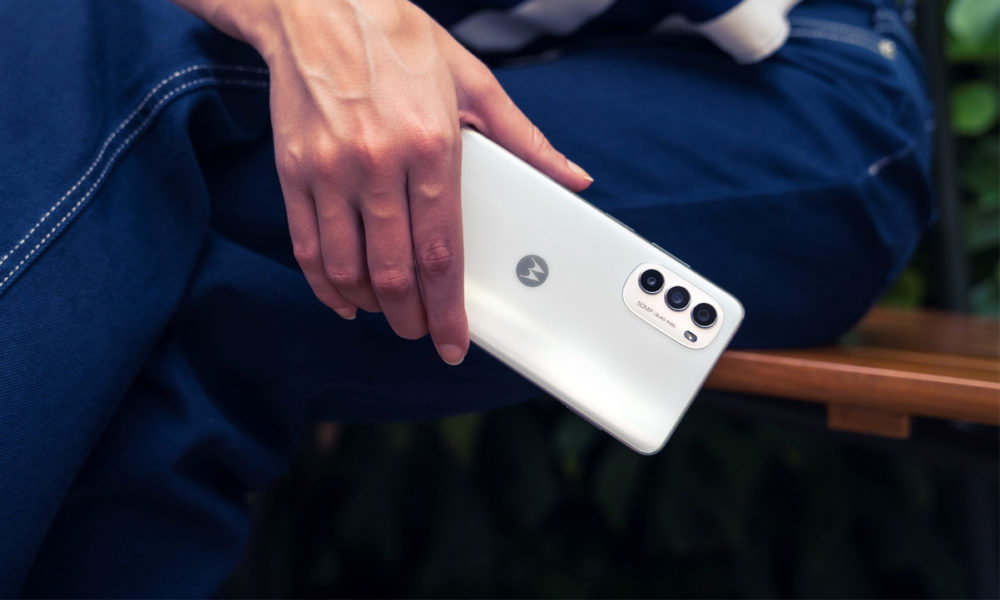
The system partition of a Galaxy S23 mobile occupies a whopping 60 GBytes when delivered from the factory. To put the data in perspective, say that they are four times more than what a Pixel 7 Pro occupies and double the amount of a typical Windows 11 installation. How is it possible? for the terrible bloatware that is driving software “bloating” to unsustainable heights.
The first version of Android installed on the T-Mobile G1 occupied only 256 Mbytes of internal storage for Android and all its applications, as we are reminded from ars techniqueone of the media outlets that have analyzed the controversy generated by the occupation of storage space by Samsung’s top-of-the-range smartphones.
Galaxy S23 and the 60 GB of space occupied
Since the release of Android, the space occupied by the installation has been increasing explosively. On the one hand, any Android smartphone includes Google apps and services that are inherent in this ecosystem, simply for the “payment” of use of the license. That is to say, Samsung is contractually bound to include Google apps.
To this must be added the software layer that each manufacturer installs as a user interface as a way to differentiate itself from the rest. and the corresponding applications. At Samsung it’s called One UI and it’s not one of the worst on the market… But it replicates everything from Google and that’s why you find two app stores, two browsers, two voice assistants, two email clients, two messaging clients, two keyboards and a very long etc.
Hope you have to keep adding. Samsung has an agreement with Microsoft to install mobile applications such as those of the Office suite. And also other deals (developers pay Samsung to include pre-installed software) with Netflix, Facebook, Spotify and others. It depends on the region where it is sold, but it is likely that you will find additional applications from each of the telecommunications operators if you buy the terminal that way.
The vast majority of this software is part of what we call bloatware, Junk software, useless apps and services that occupy storage or memory resources unnecessarily and penalize the user experience. Unfortunately, we Windows users know it well, but it’s even worse on Android, taking into account that the storage capacity is smaller and that the disappearance of microSD in many series prevents increasing storage.
Certainly, Samsung has been increasing the base storage capacity of most of its models, but 60 Gbytes is a colossal amount for a mobile system partition. In addition, the Samsung apps, duplicated to those of Google, those of the Internet giant do not improve penalizing the user experience. Many of them can’t even be uninstalled, while some services are so deeply integrated that getting a clean system is next to impossible.
It would be much more appropriate and respectful of customers if non-essential software were offered as an additional download for anyone who wanted/needed to install it. But the matter is badly arranged. Android manufacturers must necessarily include everything from Google and the need to differentiate between them covers a top layer of software as an interface and dozens of apps, most of which are dispensable.



